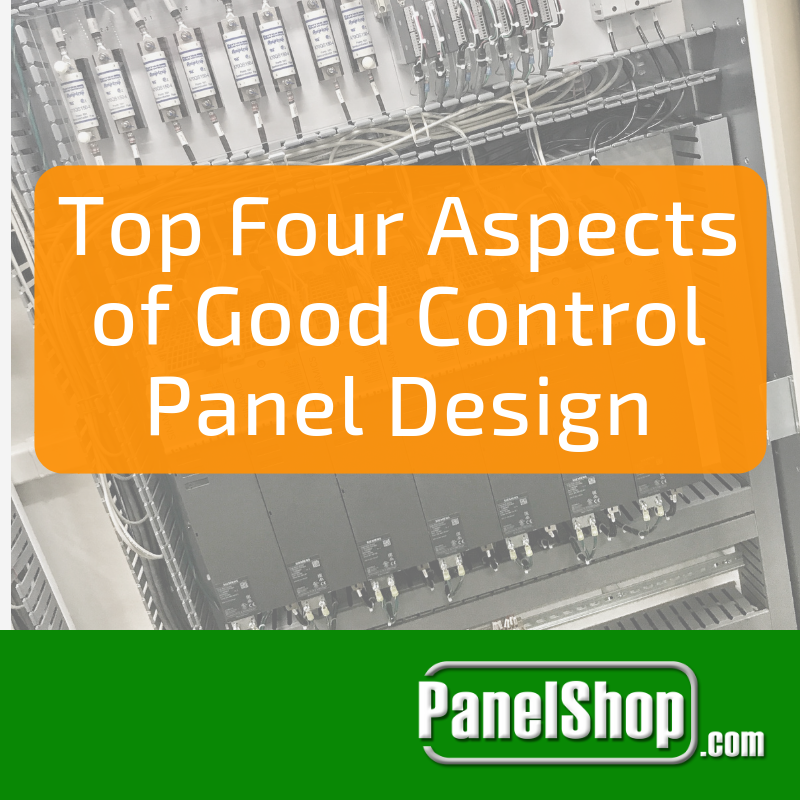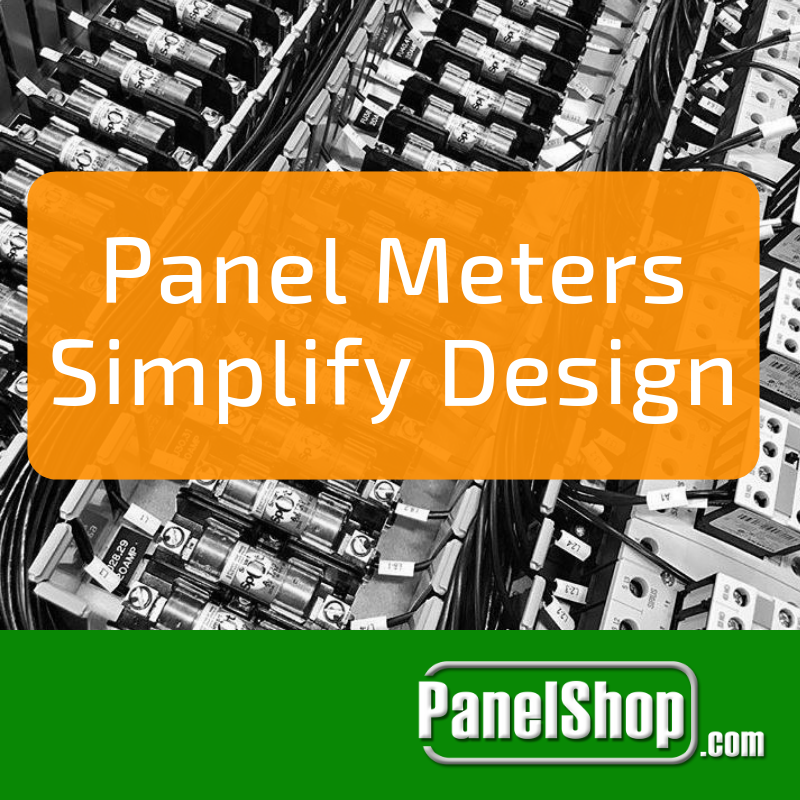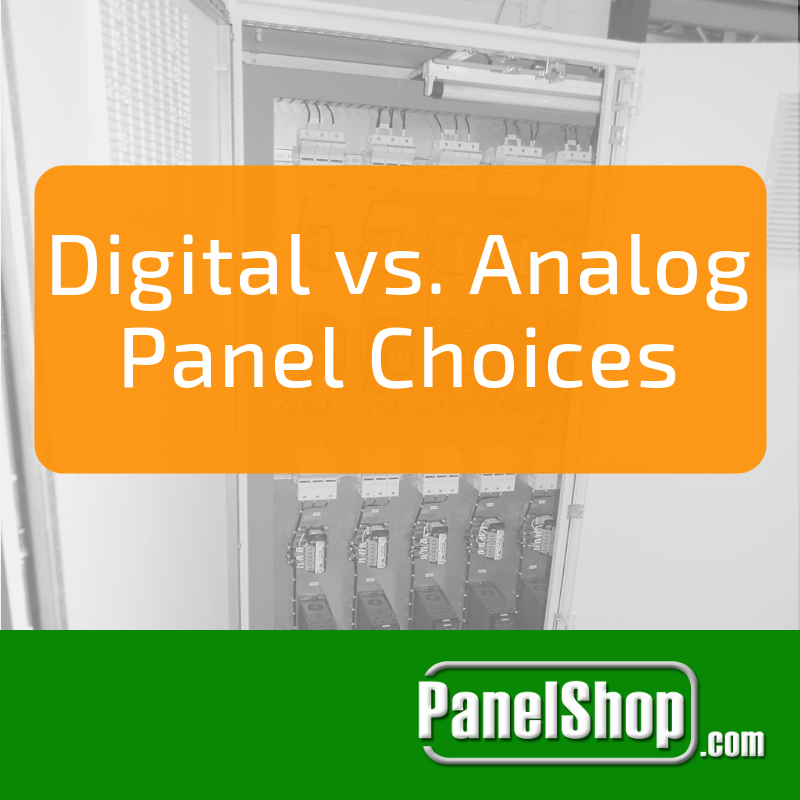
The industrial environment is a tough one, and it takes its toll on all electrical equipment. For this reason, we make electrical enclosures to protect our sensitive electrical components from damage caused by elements such as water, wind, dust, dirt, heat, cold, humidity, and chemicals in the environment in which they’re located.
Industry standards for electrical enclosures exist to promote safety, encourage design efficiency, and define minimum levels of product performance. In most cases, an enclosure meeting the appropriate NEMA or UL standard will get you the protection you need for your electrical equipment, but there are environments where a standardized enclosure won’t make the cut.
Without an understanding of NEMA rated enclosure standards and proper consideration of your deployment environment, fierce temperatures and dirty air will bring about some costly machine failure that you don’t want to pay for. Untimely replacement of parts or whole systems can add thousands of dollars to already existing expenses. In order to dodge unnecessary costs, you need to design an enclosure that can handle the stress it will be under.
Considering Ambient Temperatures
High heat puts your equipment at risk for unexpected shutdowns, erratic performance, accelerated aging, and even meltdowns and fires in extreme cases. There are no NEMA or UL standards directly related to temperature, so if you anticipate a hot environment for your electrical equipment, you will need to provide some form of enclosure air conditioning in order to keep the components in an appropriately cool environment.
On the other side of the spectrum, low temperatures raise the risk of startup problems, brittle and easily broken components, and ice build-up. Using an enclosure of NEMA type 3 in cold weather is recommended, as it will protect against damage from ice formations. But if it is necessary to keep the inside of the enclosure heated, you will need to step up your design to include heated air-flow for you electronics.
Considering Humidity
The negative effects of humidity are rarely considered when choosing an enclosure, but they pose a significant threat against the longevity and safety of your equipment. External condensation causes dripping, and sometimes a location is prone to water splashes, but any enclosure meeting NEMA type 13 standards (or an equivalent) will have no problem warding off some light water.
Environments with high humidity can also cause serious problems with internal condensation. Not only can electrical equipment short out, causing malfunctions and safety hazards, but moisture can also cause corrosion, which can permanently damage equipment and reduce its lifespan. However, if you have either an AC unit or a heater in your enclosure, dehumidification will be taken care of by the properties of the heating or cooling system.
Considering Air Pollution
Depending on the environment where you deploy your equipment, the atmosphere can be your friend or your enemy. Pollutants can cause a lot of harm to electronics, and if you have to deploy in extreme conditions, you need to design an enclosure whose cooling system can protect against any potentially corrosive chemicals or vapors running around in the air.
Air with lots of particulates is the enemy of air filters and un-sealed enclosures. In addition to overheating by restricted airflow, dust can slip into an enclosure and accumulate on the equipment inside, weakening electrical contacts and causing electrical failures and machine malfunctions.
In order to prevent equipment failure in dusty atmospheres, design your enclosures with the appropriate air filters and dust protection. NEMA type 3 enclosures will resist windblown dust, while type 5’s are dust-tight and will give the best protection against particulates.
Considering Extreme Water and Weather
If you plan to deploy equipment in proximity to man-made water jets or hoses, or outdoors where heavy rainwater will be a regular issue, you not only need to choose a waterproof enclosure but you will have to design protected air-flow inlets and outlets to guard against the water dumping onto your enclosure. NEMA has a few standards on water, with the water-tight type 4 (type 4X in the case of corrosive liquids such as sea water), and the submersible type 6 enclosures.
Conclusion
If you’re looking for assistance with the design of an industrial enclosure and aren’t sure how to protect your equipment, choose experts who understand the challenges of building enclosure systems tailored for specific jobs. PanelShop.com not only builds custom control panels, but will help you design a perfect enclosure with comprehensive engineering support, ensuring every project’s electrical components are in a standardized enclosure (whether it be NEMA, UL, or IEC) with any additional protection included. Get a custom quote for your next control panel project within 48 hours, or learn more about what PanelShop.com can do for you.





